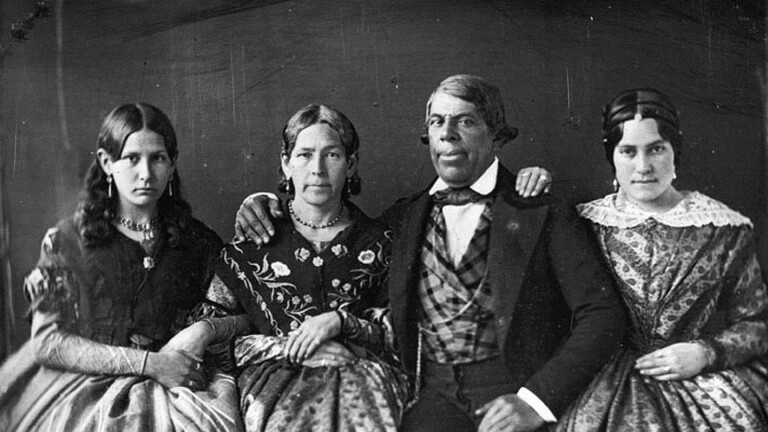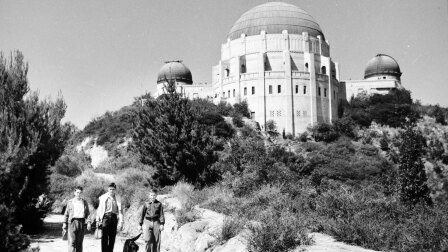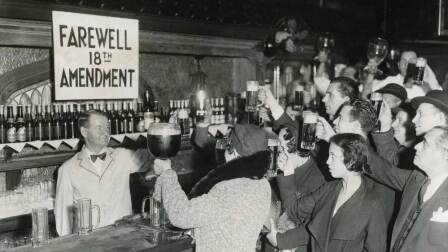Fantasyland
Los Angeles has long been the place where you can imagine something — a time period, a location, ordinary or exotic, real or fantasy — and build it. It’s a tradition that dates back to the 1910s and 1920s, when early filmmakers built huge, elaborately themed sets that often remained standing for months or years, inviting visitors to explore and to imagine being a part of the action. It found its fullest expression in nearby Anaheim, where Walt Disney’s Imagineers created the intricately themed, immersive experience that is Disneyland.
With developer Rick Caruso (The Grove, Americana at Brand and Palisades Village), we explore the creation of modern-day fantasylands, their appeal, and why they flourish in Los Angeles. We look at the birth and evolution of the studio tour, starting with D. W. Griffith’s set for “Intolerance” in 1916, and including a closer historical look at the Universal Studios Hollywood tour. We go behind the scenes at the Walt Disney Archives for a peek at the prospectus that fueled investment for Disneyland. We also speak with Disney Imagineer Bob Gurr, who takes us through the history of immersive experiences at Disneyland, Walt Disney’s ultimate fantasy landscape. “I don't want the public to see the real world they live in while they’re in the park. I want them to feel they are in another world.” — Walt Disney
Related
































